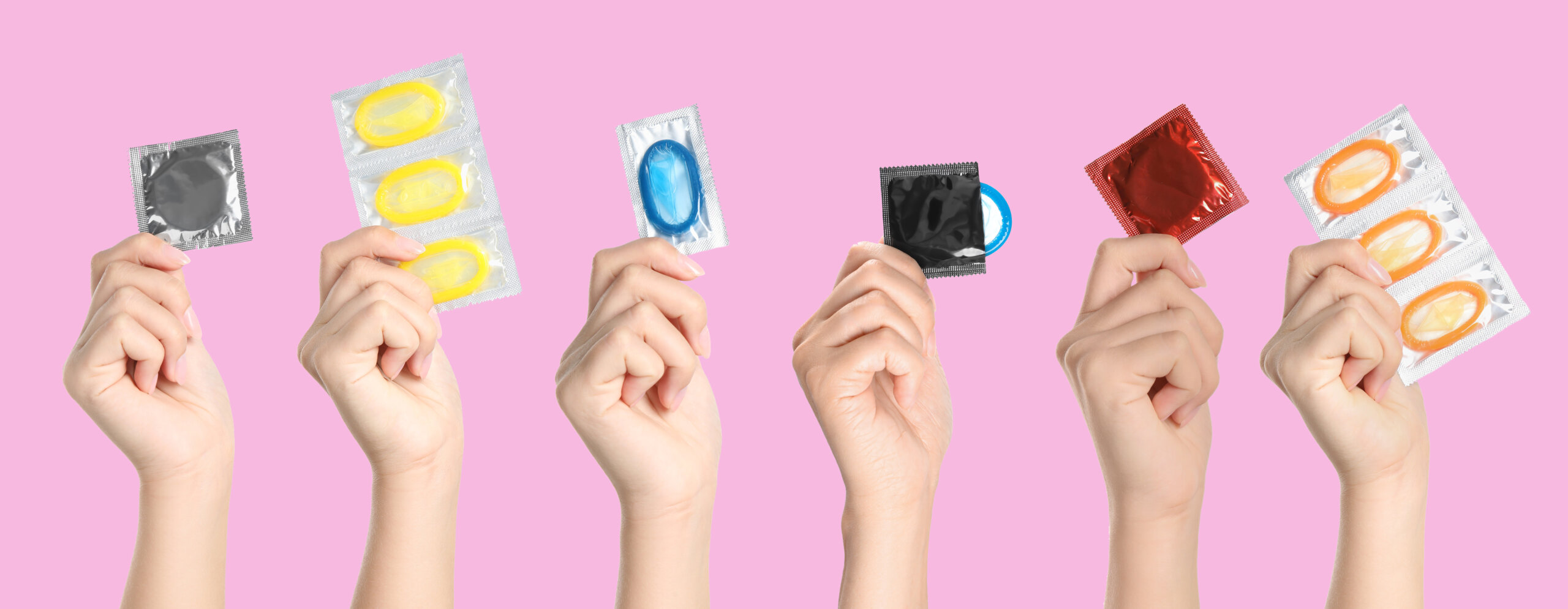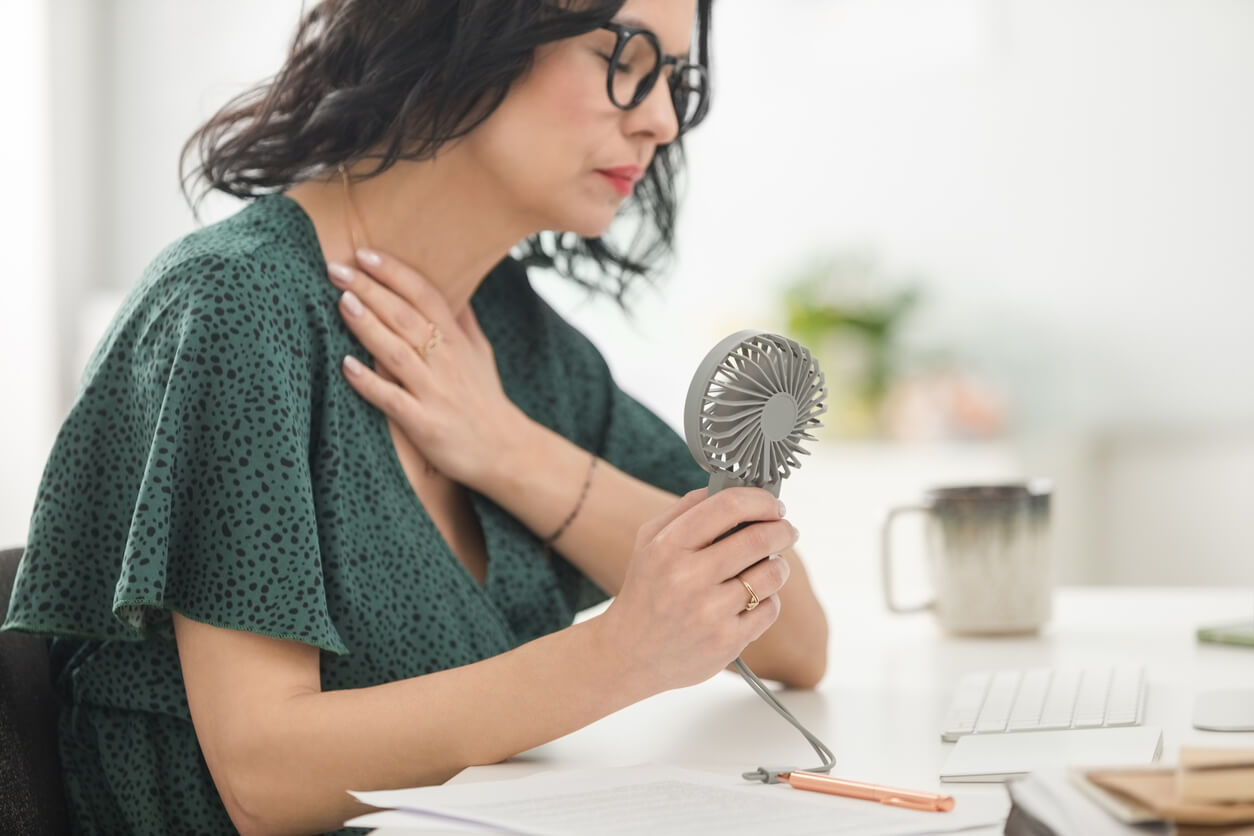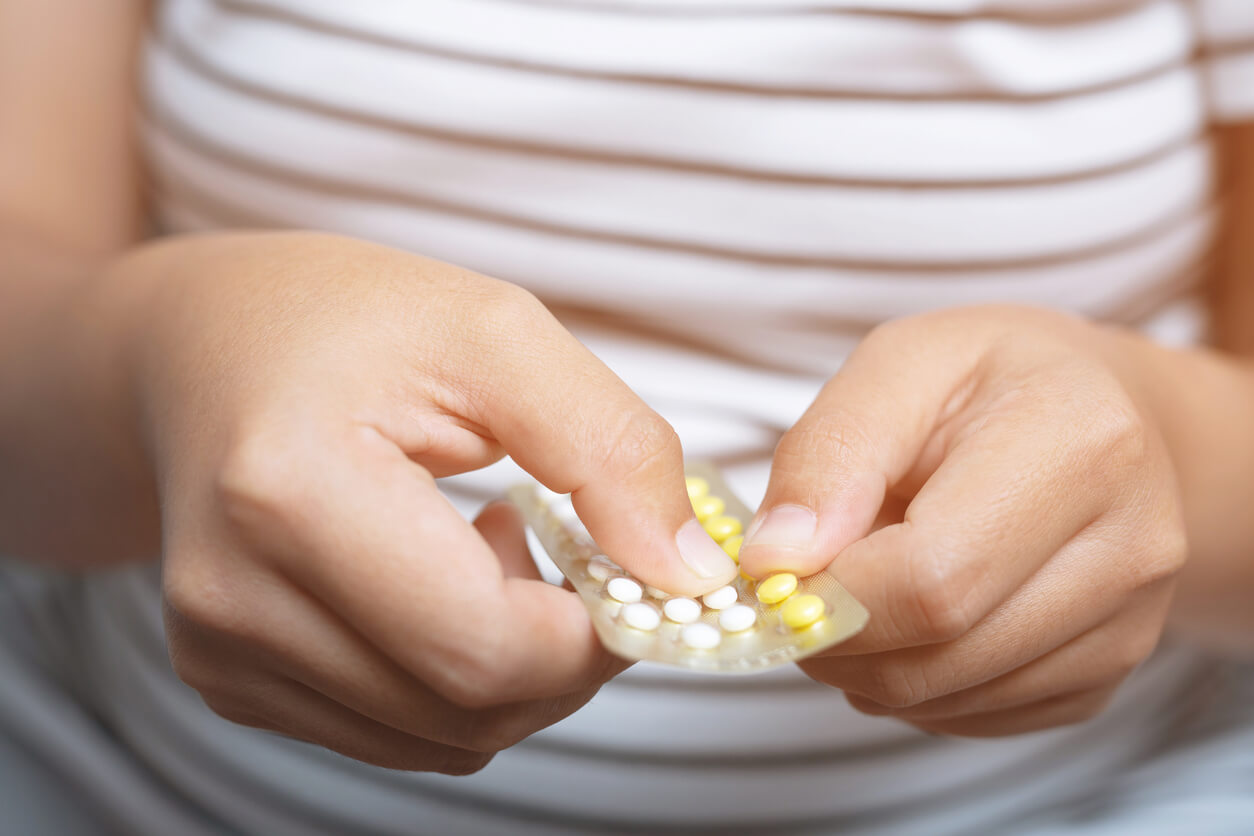Pelvic Floor: Exercises and Tips for Women
Ah, the pelvic floor—often overlooked yet so vital to our everyday comfort and confidence as women! Whether you’re a new mom, a fitness enthusiast, or just someone who wants to feel more in control of their body, understanding and caring for your pelvic floor can make a world of difference.
Continue reading “Pelvic Floor: Exercises and Tips for Women”






